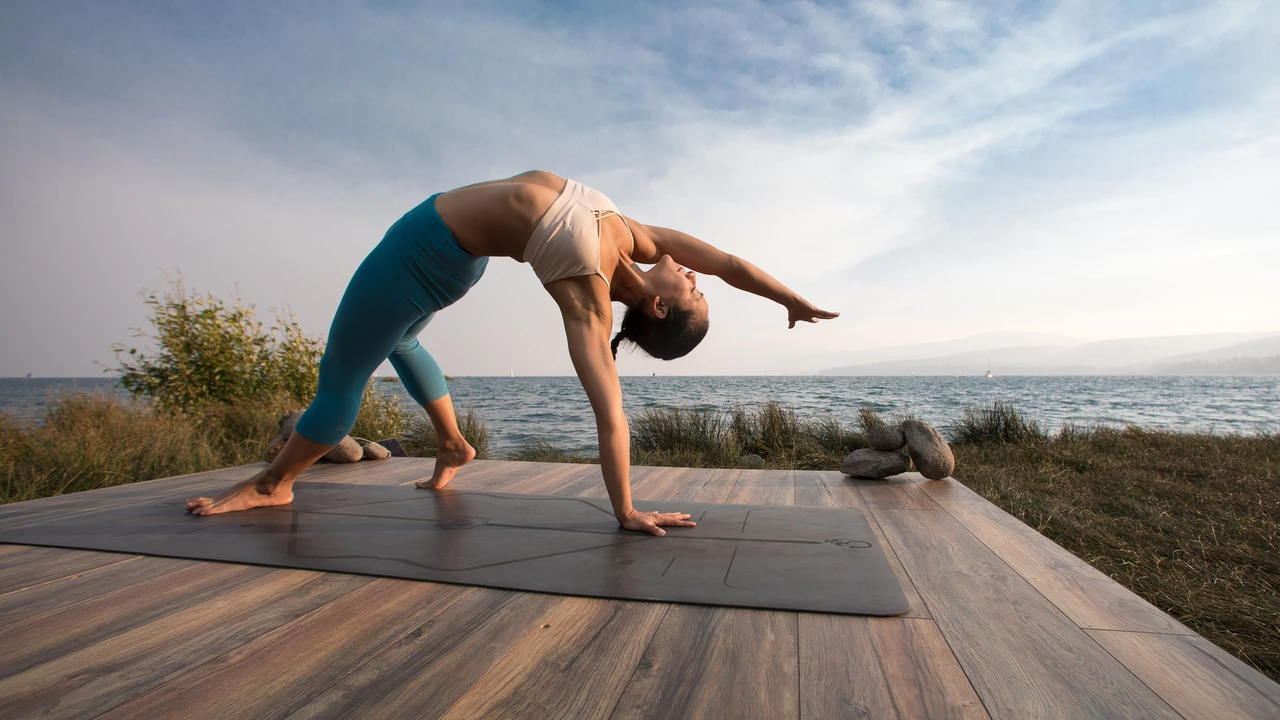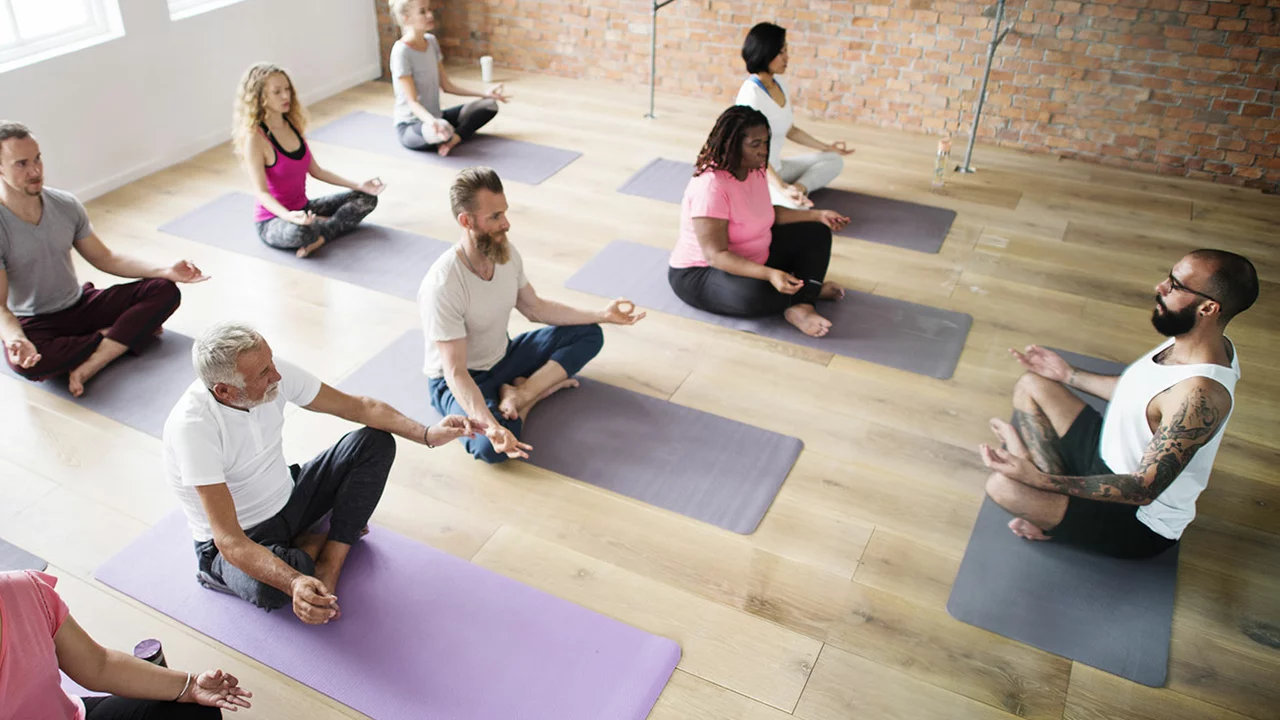Beginner Yoga: Start Simple and Stay Consistent
New to yoga? Keep it simple. A small, steady practice beats occasional marathon sessions. This page gives practical steps you can use today: a short routine, safety tips, pose choices, and how to pick the right class or course.
Begin with intention, not perfection. Focus on breathing, gentle movement, and listening to your body. You don’t need fancy gear or a perfect body shape. You need patience and a mat.
Quick 15-minute beginner routine
Short daily sessions work. Try this 15-minute sequence: 1) 2 minutes of easy seated breath—inhale for 4, exhale for 4. 2) Cat–Cow (8 rounds) to wake the spine. 3) Downward Dog (hold 3 breaths), walk the feet to a Forward Fold, then slowly roll up. 4) Low Lunge each side (5 breaths) to open hips. 5) Standing Warrior II each side (5 breaths) for strength and balance. 6) Bridge pose (3–5 breaths) for the back and hips. 7) Finish with Child’s Pose for a minute and 2–3 minutes of Savasana (lying rest).
Adjust timing to your needs. If you have limited time, do just three moves well—breath, stretch, and Savasana.
Common beginner questions and safety tips
Is there an age limit? No. Yoga can be adapted for toddlers, adults, and seniors. Choose gentler styles like Hatha, Yin, or chair yoga for older bodies or those with mobility issues.
High blood pressure? Check with your doctor. Avoid holding breath in straining poses and prefer calming, restorative practices. Gentle breathing exercises help, but intense breath-retention or forceful pranayama should wait until you get guidance.
Worried about knees slipping in arm balances like Crow? Build wrist strength, engage the core, squeeze inner thighs, and use a towel under knees for grip. Work on hip openers and core before attempting full arm balances.
Which asana is best? No single pose rules. Mountain pose builds posture; Downward Dog stretches and strengthens; Child’s Pose restores; Bridge opens the front body. Pick poses that address your goals—flexibility, strength, or relaxation.
Thinking about teacher training? A 200-hour course is the standard foundation if you want to teach. For personal growth, short online courses can help—look for programs that balance anatomy, philosophy, and hands-on practice.
How to choose a class or teacher: pick someone who cues alignment clearly, offers options for different bodies, and emphasizes breath. Try different styles and instructors until you find one that feels supportive, not intimidating.
Final practical tip: keep a small habit—five minutes of breath when you wake, or two sun salutations after work. Consistency builds strength and calm faster than intensity. Start small, stay curious, and let your practice grow with you.
Is yoga hard for a beginner?
As a beginner, you might find yoga a bit challenging due to the unfamiliar poses and the need for flexibility and strength. However, it's all about patience and consistency. Everyone starts at a different place and the beauty of yoga is that it's adaptable for all skill levels. Remember, it's a personal journey, not a competition. Over time, with regular practice, you'll notice progress and improvements in your abilities.
Is it better to do yoga in a class or online for a beginner?
As a beginner to yoga, it can be challenging deciding whether to start in a class or online. In-person classes offer real-time feedback and corrections, which can prevent bad habits from forming. However, online classes provide flexibility, allowing you to practice at your own pace and convenience. Both have their merits, so it truly depends on your personal preferences and learning style. It's best to try both and see what suits you.

